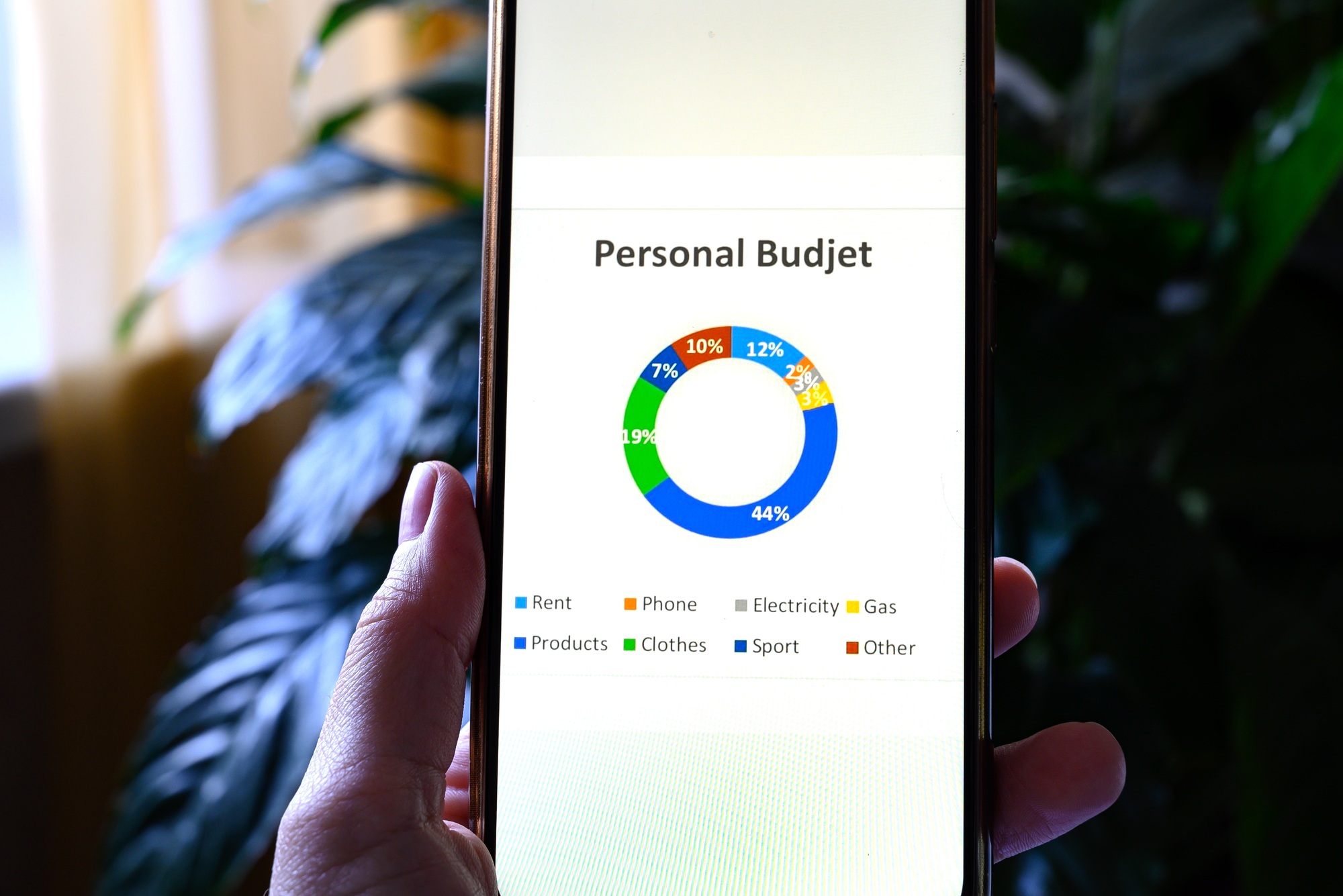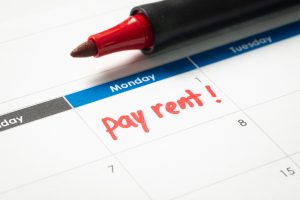Adhering to a low-income budget can seem daunting, particularly in today’s economy where prices for essentials continue to rise. However, effective budgeting and strategic financial planning can enable those on limited incomes to not only survive but thrive. This article explores proven strategies to maximize a low-income budget, allowing individuals to meet their financial needs while preparing for a more secure future.
Understanding the Landscape of Low-Income Budgets
According to the U.S. Census Bureau, nearly 34 million Americans lived below the official poverty line in 2020. For many, achieving financial stability is a significant challenge. A low-income budget often necessitates careful tracking of expenses, prioritization of needs over wants, and finding creative ways to save money. This financial scrutiny is essential for maintaining basic living standards and ensuring that families can fulfill their essential needs, building a foundation for better financial health in the future.
Core Strategies for Effective Budgeting
Creating a successful low-income budget requires a structured approach. First and foremost, it is critical to identify and categorize all income sources. This includes wages, government assistance, and any supplementary income streams. Recognizing the total funds available provides a clearer perspective on the financial landscape.
Next, individuals should conduct a thorough evaluation of their monthly expenses. Categorizing expenses into fixed and variable costs can facilitate a better understanding of spending habits. Fixed expenses, such as rent or mortgage payments, remain constant, while variable expenses, including groceries and entertainment, can be adjusted to improve overall budget flexibility.
One effective strategy for managing variable expenses is to implement the 50/30/20 rule. This budgeting framework suggests allocating 50% of income to needs, 30% to wants, and 20% to savings or debt repayment. While it may be challenging to adhere strictly to this rule on a low income, even partial application can foster better spending habits and build savings over time.
Market Impact
Current inflation trends have significantly impacted the purchasing power of consumers, with essential goods such as food and gas experiencing sharp price increases. According to the Bureau of Labor Statistics, the Consumer Price Index rose 8.6% year-over-year as of May 2022, the highest inflation rate in over 40 years. This inflation surge places additional strain on low-income households, further necessitating diligent financial planning and budget management.
To mitigate the financial effects of inflation, consumers can adopt measures such as bulk purchasing, utilizing coupons, and exploring community resources, including food banks and local assistance programs. Research by the Food Research & Action Center indicates that community support programs can effectively reduce food insecurity, an essential component of maintaining a low-income budget.
Expert Opinion
Financial experts emphasize the importance of adaptability and resourcefulness when navigating a low-income budget. “It’s not just about cutting costs; it’s about being strategic with your resources,” says Ellen Johnson, a certified financial planner based in Seattle. “Setting achievable financial goals and continuously reassessing your budget will help you adapt to changing economic conditions.”
Additionally, Johnson encourages individuals to focus on building an emergency fund, even if contributions are modest. “Having a small buffer can provide peace of mind during unexpected events—something everyone on a tight budget should prioritize,” she asserts.
Leveraging Technology for Financial Management
In the digital era, technology serves as a crucial ally for budget management. Numerous apps, such as Mint and YNAB (You Need A Budget), empower users to track spending, categorize expenses, and set financial goals. These tools facilitate greater visibility into one’s financial health, allowing individuals to make informed decisions and remain committed to their budgeting plans.
Furthermore, online financial education resources provide valuable guidance in budgeting and personal finance. Websites like the National Endowment for Financial Education (NEFE) offer courses and materials designed to enhance financial literacy, equipping individuals with the knowledge necessary to navigate their finances more effectively.
What’s Next?
As the economic landscape continues to evolve, individuals living with a low-income budget must remain vigilant and adaptable. Utilizing effective budgeting strategies, leveraging technology, and seeking community resources can provide the necessary support to achieve financial stability.
In conclusion, while the challenges of managing a low-income budget can be significant, they are not insurmountable. By prioritizing essential expenses, employing structured financial strategies, and leveraging available resources, individuals can turn limited financial circumstances into an opportunity for growth and resilience. Building a robust financial foundation today will pay dividends for a more secure tomorrow.








